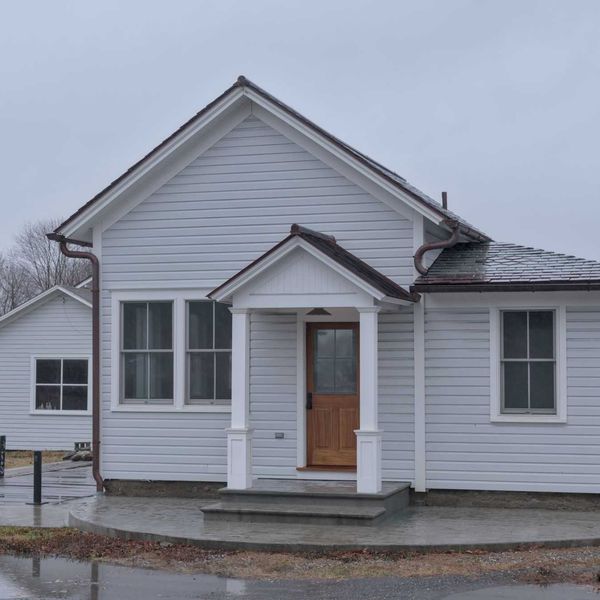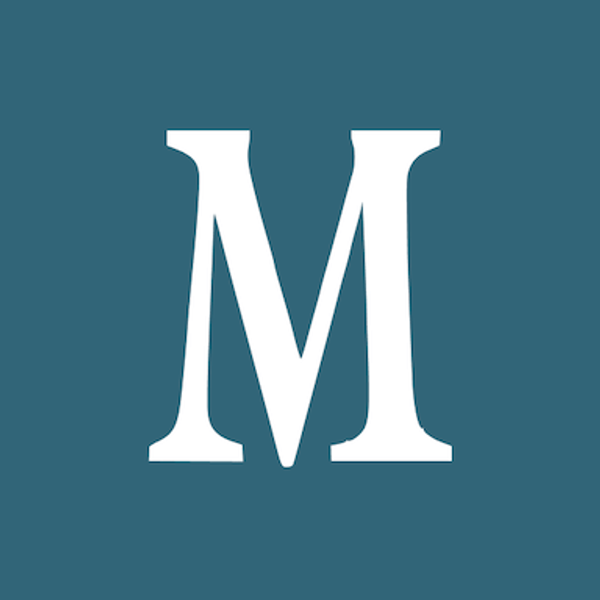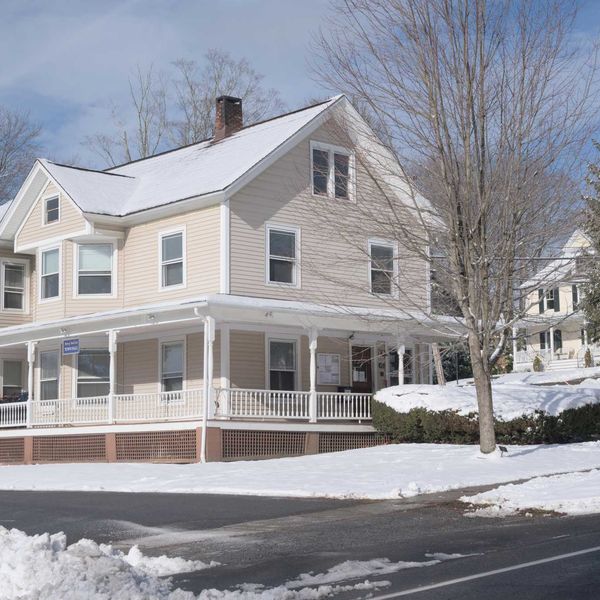Economic pressures jeopardize Connecticut's farming future
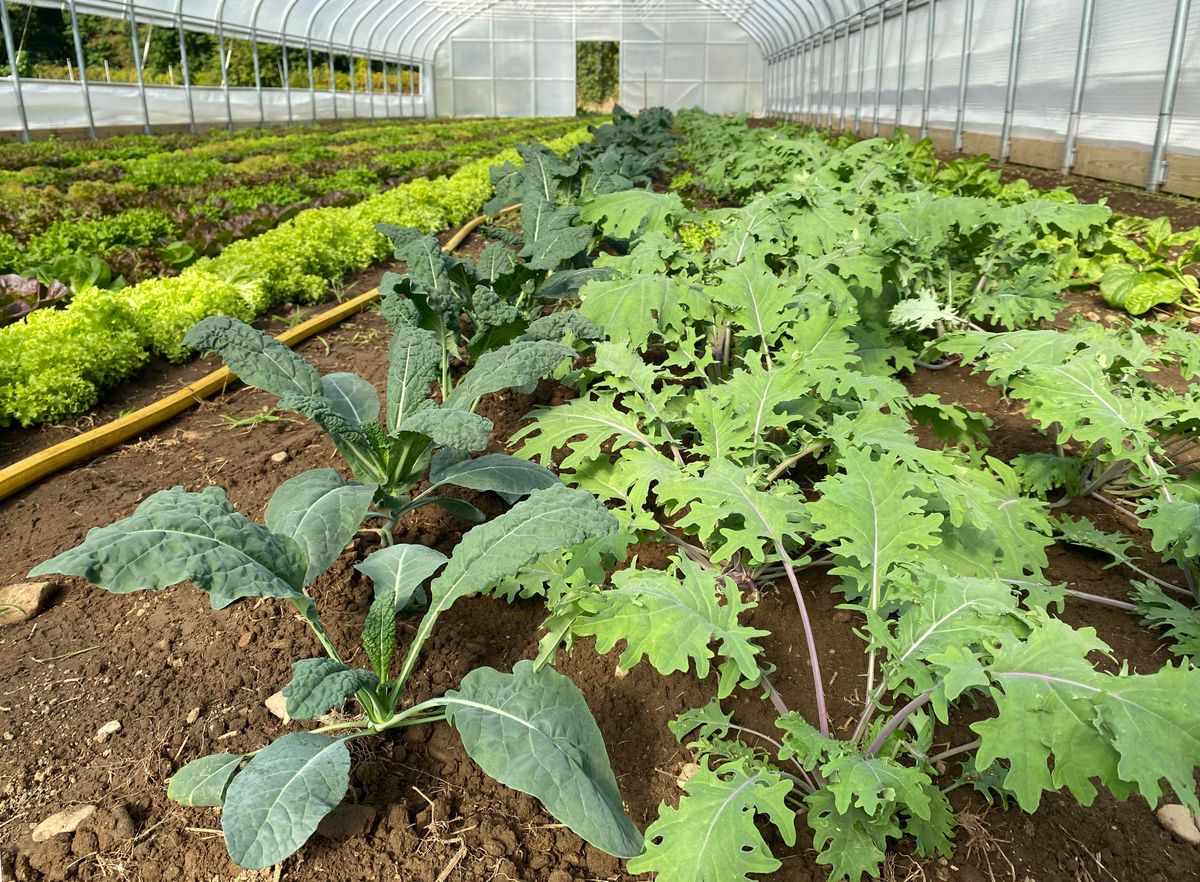
Marble Valley Farm in Kent leases land from the Kent Land Trust at below-market rates. The model enabled owner Megan Haney to grow her vegetable operation in an otherwise harsh economic climate for Connecticut farmers.
Sarah Lang

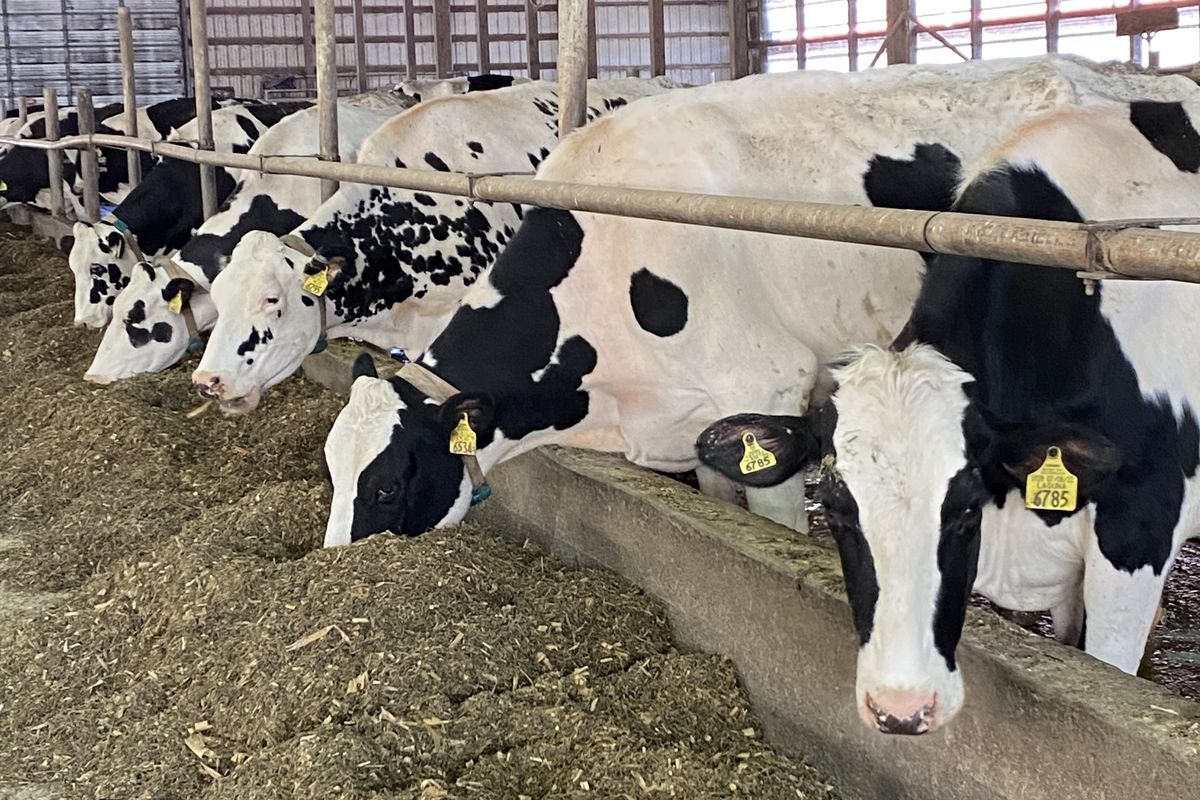





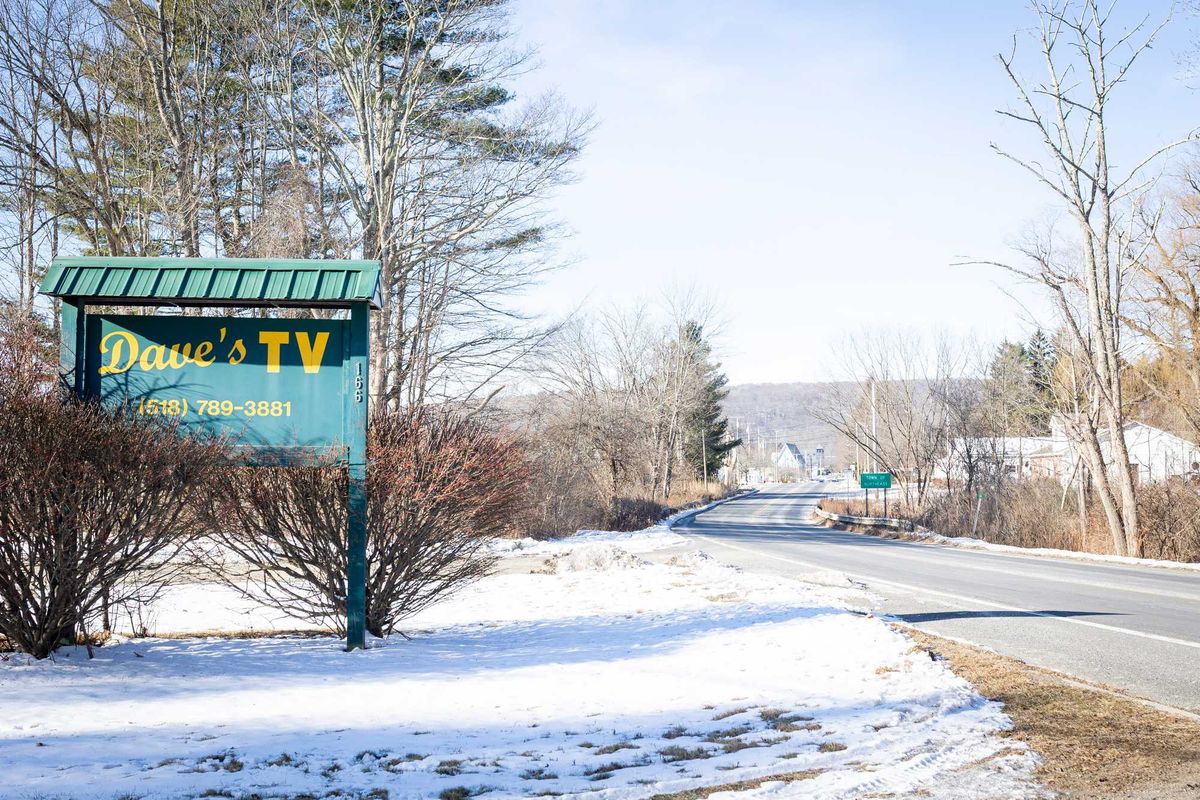
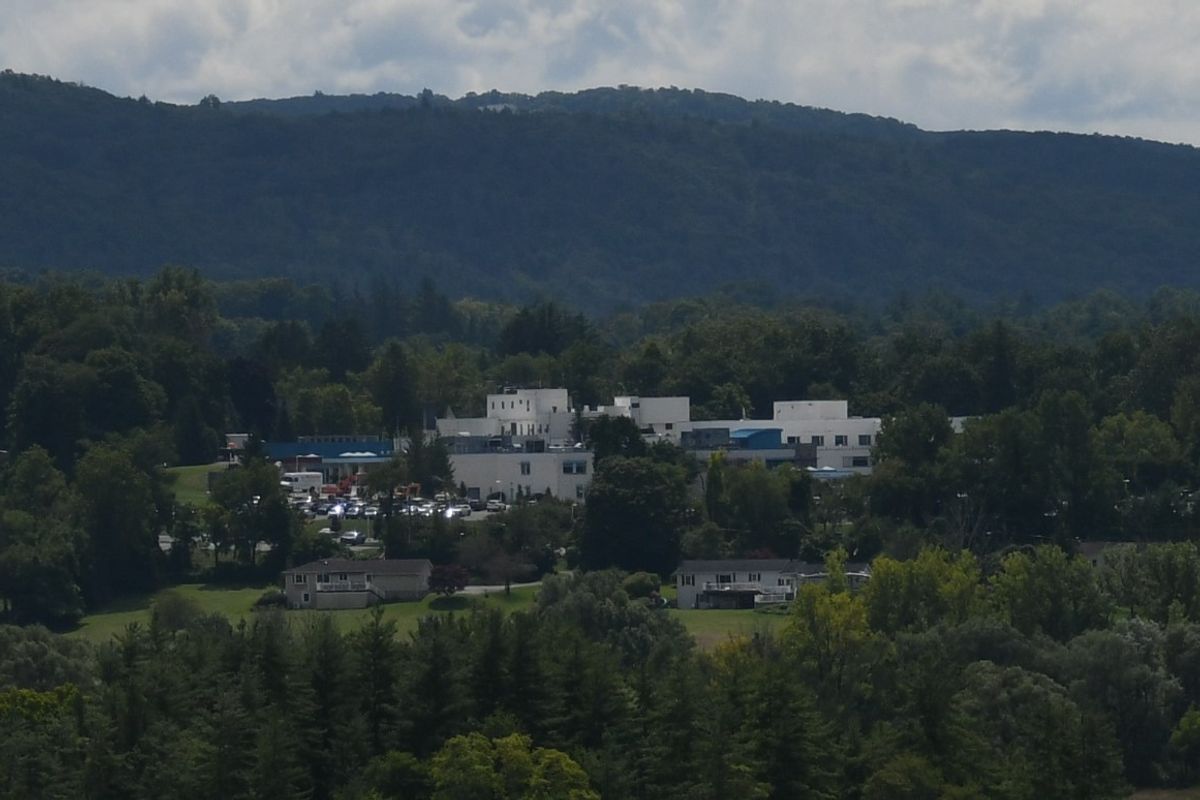

 Max Amsterdam feeds a red panda at the Trevor-Lovejoy Zoo on the Millbrook School campus on Wednesday, Dec. 17. Amsterdam said he became interested in the school's zoo in his freshman year when he watched an older student perform a biopsy on a wolf that had passed away at the zoo.Photo by Aly Morrissey
Max Amsterdam feeds a red panda at the Trevor-Lovejoy Zoo on the Millbrook School campus on Wednesday, Dec. 17. Amsterdam said he became interested in the school's zoo in his freshman year when he watched an older student perform a biopsy on a wolf that had passed away at the zoo.Photo by Aly Morrissey
